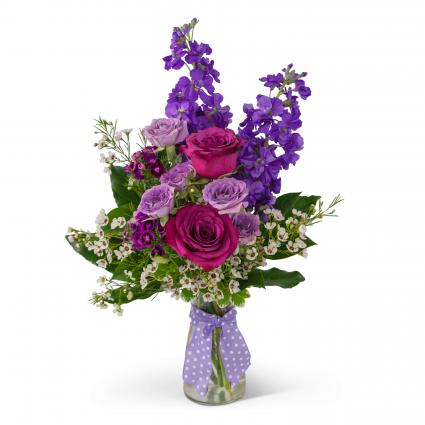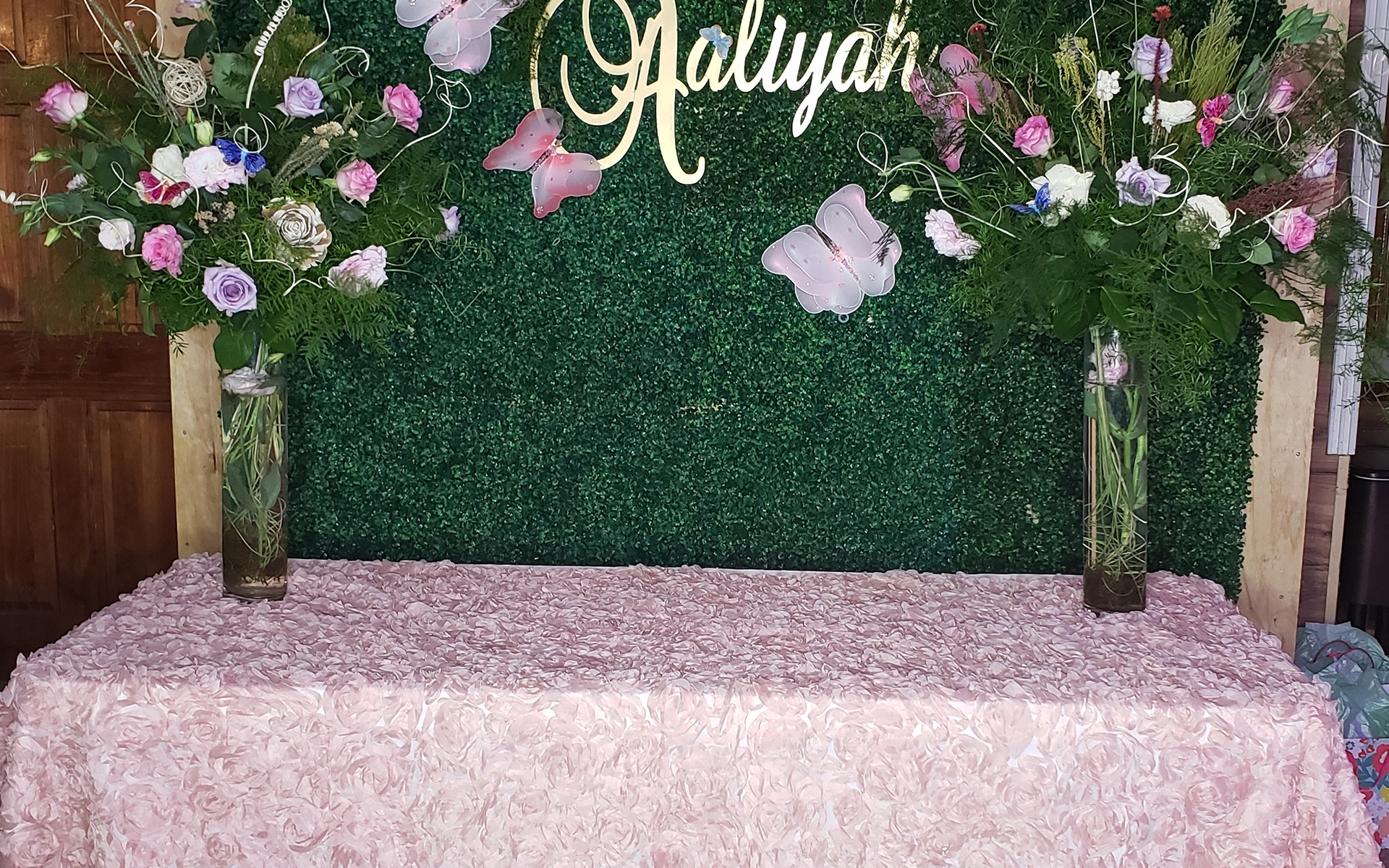Occasions Queens
All My Posts on The Crown
S3:1 & 2:“Olding” & “Margaretology”3:“Aberfan”4:“Bubbikins,5: “Coup”6:“Tywysog Cymru”7:“Moondust'8: “Dangling Man”9: “Imbroglio”10:“Cri de Coeur”
S4: 1:“Gold Stick”2:“The Balmoral Test”3: “Fairytale”4: “Favourites”
The Medals, Sashes, and Tiaras of The Crown
Want to vote for The Crown Fan Favorite Contest? It’s all happening over on my Facebook page!
Every time a state banquet or occasion happens in the show, the actors’ costumes are positively covered in medals, sashes, necklaces, and ribbons. But what do they all mean? Let’s find out. :) (I may be missing a few items here, but I’ll keep adding as I figure things out.)
Elizabeth’s Pink and Blue Ribbons with medallions: As you can see in the photos of Claire Foy and Olivia Colman below, for state occasions, the Queen wears two medallions with portraits on them on some raw silk. These are Royal Family Orders, which are awarded to female members of the British royal family by the monarch (since women don’t get the commemorative medals that the men do). These badges include a small portrait of the monarch in a diamond frame placed over a ribbon; each monarch has a different color silk ribbon. Elizabeth’s pink ribbon badge is from George VI (her father) and her pale blue ribbon badge is from George V (her grandfather). Her own royal family badge is yellow. These awards are given out privately and not announced, so they only way you know whether a family member has received one is if you see them wearing them in public. These are only worn at formal events, like state dinners.
Elizabeth’s and Philip’s Blue Sashes: The sashes are actually called ribands, a fellow Crown fan helpfully informed me on Facebook (thank you Eric Hufford!). These are sashes worn over the left shoulder. A member will only wear one riband at a time, even if they belong to several orders. However, since some of the orders also come with badges, people may wear a riband from one order, and badges from several other, so they’re all represented. The orders of highest rank get the most prominent positions on a uniform and then are arranged in descending order of importance.
SO I originally said the blue sashes were both from the Royal Victorian Order but ACTUALLY I’m learning that it is a heck of a lot more complicated than that (Thank you to the brilliant Royal Order of Sartorial Splendor blog for setting me straight). These actually look like the blue sashes of the Order of the Garter. The Royal Victorian Order actually is blue bordered by red and appears to be worn from the right shoulder instead of the left.
Many different countries give out order sashes, and the ribands often come with additional insignia. The Order of the Garter riband is also worn with a Badge and a Star.

Apparently a Knight of the Order of the Garter (a male member, as opposed to a Lady, a female member) also receives a mantle, feathered cap, and a blue garter with the order’s motto.
Apparently, the rules for giving out orders vary widely from country to country. Queen Elizabeth herself awards British orders fairly rarely. Orders are generally worn with men’s military uniforms or white tie dress code and with women’s gowns and tiaras.
By the way, although it’s not required for the Queen to wear white on state occasions, it appears that she generally does favor white or other light colored dresses, as those colors show off the ribbons and sashes very well.
The Tiaras: The Queen has many tiaras, but it appears that the ones shown here in the series are intended to evoke Queen Alexandra’s Kokoshnik Tiara, dating back to 1888, (left, Claire Foy), and Queen Mary’s Fringe Tiara (Olivia Colman, right). Elizabeth also wore the Fringe Tiara on her wedding day. All of her tiaras are gorgeous and have fascinating histories; if you want to learn more, Harpers Bazaar Australia has a great round up of the tiaras here.
Birthday View All. Rosy Glow Bouquet $109.95. Zensational $79.95. Teleflora's Enchanted Cottage $64.95. Dreaming in Pink - Long Stemmed Pink Roses. Queen's address on the Gulf War, February 1991. Speaking to the nation at the outbreak of the war.
The red and white ribands Queen Elizabeth and Princess Anne are wearing in the middle photo below are for the order of Austria. When visiting a foreign country, that country’s order insignia takes precedence over your native country’s.
Philip has a TON of medals, mostly earned for his wartime service in World War II. Many many thanks to the Daily Mail for the medal descriptions below, because good lord, it would have taken me a long time to look these all up on my own.
He is, of course, wearing his Order of the Garter blue sash and the accompanying badge and star.
I am really trying to figure out which one of these medals is which, but it may take me a while! Updates when I figure it out. :)
Sweet Occasions Queens
1939-1945 Star: A campaign medal of the British Commonwealth awarded for service during the Second World War.
Atlantic Star: Awarded this in 1945 for service in the Atlantic during the Second World War

Africa Star: Awarded in 1945 for service in Africa during the Second World War
Burma Star (with Pacific Rosette): Awarded for service in the Burma Campaign in the Second World War
Italy Star: Awarded for service in Italy and surrounding areas in the Second World War
War Medal 1939-1945, with Mention in Dispatches: Awarded to those who served in the Armed Forces or Merchant Navy for at least 28 days between 1939-45. The oak leaf on the ribbon denotes the Mention in Despatches
King George VI Coronation Medal, 1937: These medals were made to commemorate the coronation of King George VI and Queen Elizabeth
Queen Elizabeth II Coronation Medal, 1953: A commemorative medal made to celebrate the coronation of Queen Elizabeth II
Greek War Cross, 1950: This is awarded for heroism in wartime to both Greeks and foreign allies. The Duke earned his for his bravery in fighting the Italians when they invaded Greece in 1941.
Croix de Guerre (France) with Palm, 1948: A French military decoration to honour people who fought with the Allies against Axis nations in the Second World War.
Philip’s Uniform: Occasionally, you’ll see Prince Philip wear his Naval uniform. This uniform is basically the same but there are slightly different details if you look. Matt Smith’s uniform when Philip was made a Prince had epaulettes at the top.
I’m not great at reading military uniform ranks, but I’m fairly positive that the yellow lines with the circle at the top seen on the sleeves of Matt Smith’s uniform at the far left and Prince Philip’s sleeves on the far right indicate his rank as a commander.
Philip’s Military Service: Prince Philip joined the Royal Navy at 18 , graduating from the Royal Naval College at Dartmouth at the top of his class. He served on several British battleships during World War II, despite the fact that two of his brothers-in-law fought on the opposing German side. He did very well, becoming one of the youngest first lieutenants at age 21. He was present in Tokyo Bay when the Japanese surrender was signed.
Philip actually met his future wife Elizabeth because of his time in the Navy. Elizabeth’s parents, King George VI and Queen Elizabeth came to tour the college and asked Philip to escort the Princesses Elizabeth and Margaret around. Although she was only 13 and he was 18, they began to exchange letters. Seven years later, after the war, Philip asked the King for his daughter’s hand in marriage. The King approved, but requested that any formal engagement be delayed until after she turned 21. In order to marry Elizabeth, Philip abandoned his own Greek and Danish royal titles, adopted the surname Mountbatten from his mother’s family, became a naturalized citizen of the UK, and officially joined the Church of England.
After their honeymoon, Philip returned to the navy, working in a desk job at the Admiralty, then at Greenwich, and finally being stationed in Malta. He was promoted to lieutenant commander and given command of the frigate HMS Magpie. Although his active naval career ended in 1951 when his wife became Queen, he was promoted to the rank of commander in 1952.
WEDDINGS:
“Nina was a godsend! She was so incredibly committed to my wedding - at times it felt like she cared more about it than I did! Thanks Occasion Queens!' - Catriona & Haakan

VENUE CONSULTANCY:
You can tell that Nina is passionate about weddings, she has transformed the way we work and it is shown very easily by the increase in bookings for next years weddings. She has reviewed our marketing, the way we show couples the venue and the packages that we offer. Everything she said just works! - Lauren Hubbard, The Counting House
WEDDINGS:
“Occasion Queens commitment, understanding and support was second to none. Affordable, professional and downright lovely...you can’t afford not to have them be a part of your wedding.” - Angie & Paolo's
Occasions Queens Ny
VENUE CONSULTANCY:
As a new venue, we were on a very steep learning curve during the first couple of years, and I’m honestly not sure what we would have done without Nina’s input! I had no idea how much we were missing from our event management processes until I met her. - Bryony Graham, The Barns at Lodge Farm

Occasions Catering Hall Queens Ny
WEDDINGS:
'Nina was quite literally the Queen of our Occasion! Their attention to detail in their delivery made our venue look perfect and allowed us to enjoy our wedding preparations on the day and made the morning stress free - just as it should be! ”- Elizabeth & Michael